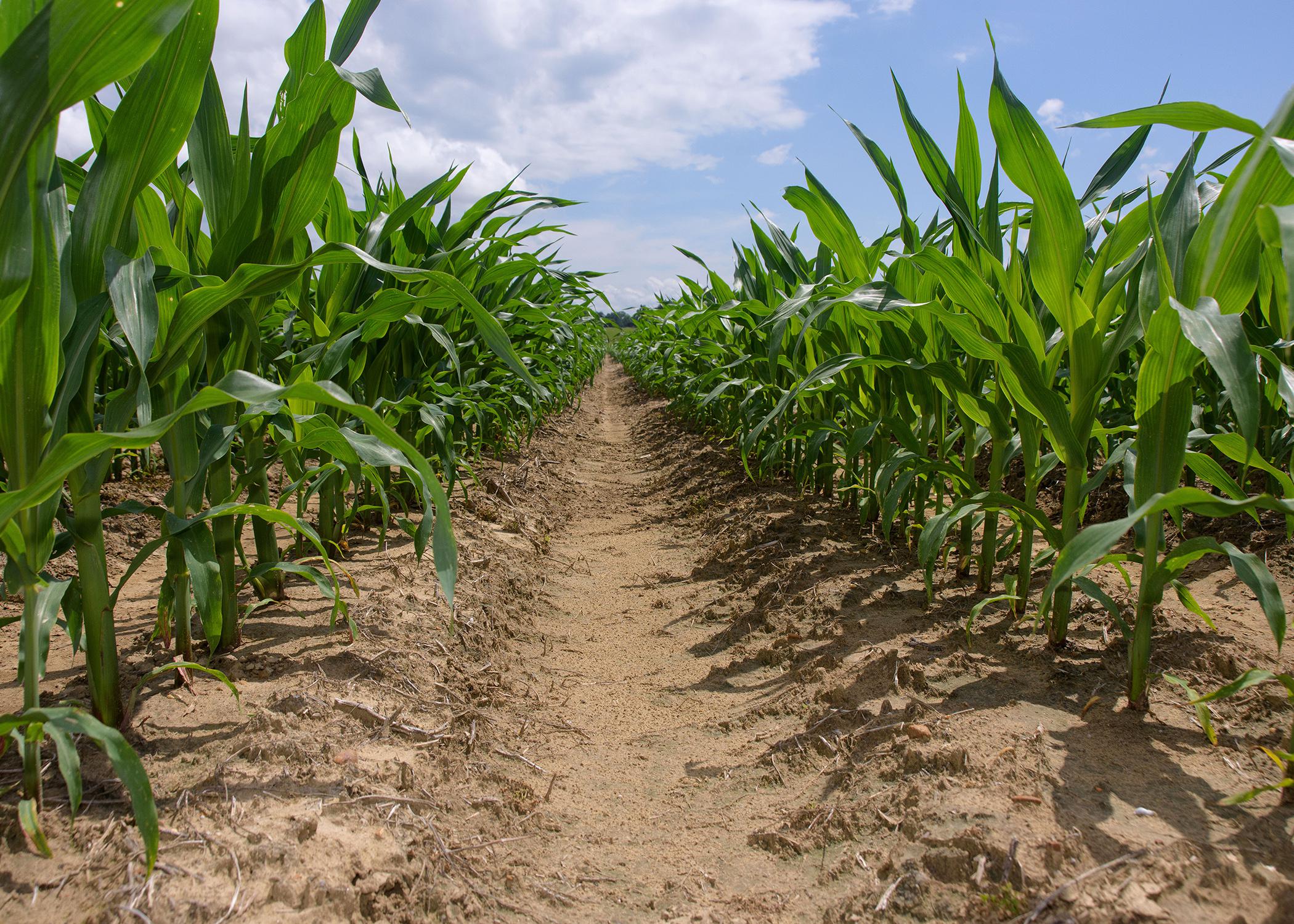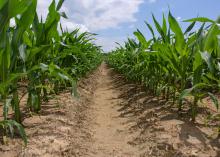Analysis: Ag, forestry vital to Miss. economy
STARKVILLE, Miss. -- Agriculture and forestry are Mississippi’s top industries, but their significance to the state’s economy extends beyond the revenue they generate on their own.
An analysis produced by agricultural economists with the Mississippi State University Extension Service found these sectors combined were an estimated $46.2 billion industry in 2022, accounting for 185,744 jobs and more than 14% of the state’s total economic activity.
Contributors to the publication studied the spillover effect of agriculture and forestry production and processing into other industries in the state, collecting data on the value of production, primary processing activities and value-added products.
The study considers the direct, indirect and induced effects of agriculture and forestry activities on the total economy. Direct effects are economic activity from businesses in agriculture and forestry, while indirect effects represent economic activity from businesses and organizations not traditionally considered agriculture related. Induced effects reflect spending by households in the form of wages and salaries earned by employees.
“Each industry that produces goods and services creates demand for goods and services in other industries,” said James Henderson, head of the MSU Coastal Research and Extension Center in Biloxi and Extension forestry economics professor. “This is an updated version of a previous analysis showing the bigger picture of these two industries’ contributions to income and employment across Mississippi.”
An annually updated computerized database known as Impact for Planning and Analysis was used in the analysis. The system consists of 546 industry sectors and is based on data from the U.S. Bureau of Economic Analysis, U.S. Bureau of Labor Statistics, U.S. Census Bureau, U.S. Department of Agriculture, and U.S. Geological Survey.
The study combines these into 31 aggregated sectors, 13 of which are agricultural and forestry sectors. The remaining 18 represent the rest of the Mississippi economy. Agricultural and forestry production and processing sector groups agricultural support activities, cattle and dairy, commercial fishing and wildlife, cotton farms, food and fiber products, soybean farms, grain farms and logging among others.
Contributors to the publication included Henderson and MSU Extension agricultural economists James Barnes, Ben Posadas, Josh Maples and Will Maples, as well as Extension forestry assistant professor Sabhyata Lamichhane.
“The state’s ag and forestry sectors sell their products to other businesses and consumers inside and outside the state, and they hire workers from Mississippi whose households spend their incomes here,” Posadas said. “More household spending creates more demand for consumer goods and services.”
The publication, “Economic Contribution of Agriculture and Forestry Production and Processing in Mississippi: An Input-Output Analysis,” is available online at http://msuext.ms/analysis24.












